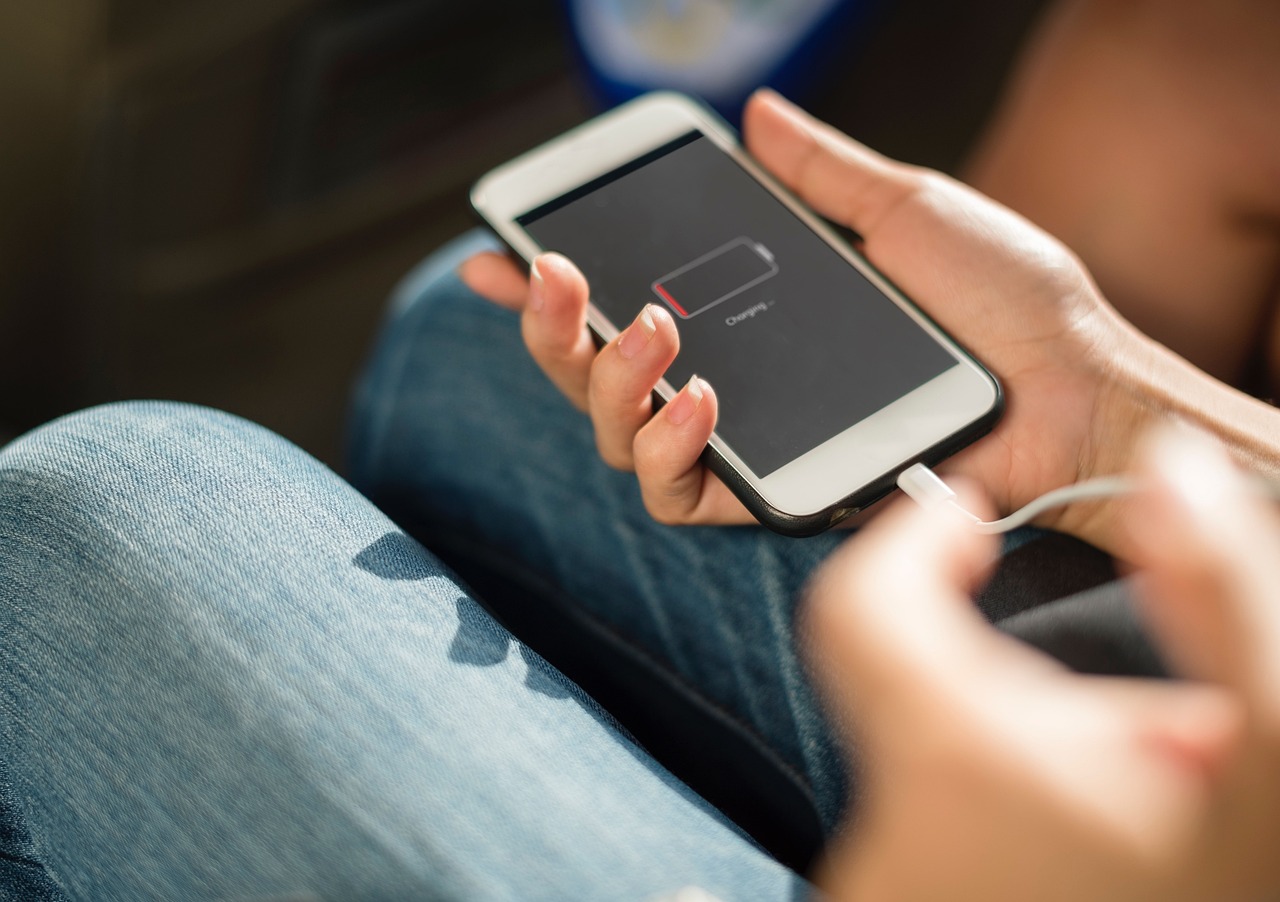Have You Ever Thought, How Much Does It Cost to Charge Your Smartphone for a Year?

January 18, 2023
With the arrival of winter, problems with gas shortages become more visible and closer to home for Europeans. So much so that things we already take for granted may be becoming a privilege.
Or, it forces us to reflect on what is an unnecessary or necessary expense, for example, is it necessary to straighten our hair, or is it unnecessary to bathe with hot water, to use the heating?
And these conclusions are being presented even since late summer, since the respective governments must safeguard their citizens and save gas as much as possible. Also, many people themselves have started to calculate how much electricity each appliance in your home consumes, which things they should stop using, which ones with a measured time, in other words, do it in an intelligent way.
Most of us charge our phones without a second thought because they are such an indispensable part of modern life. But it is there where many wondered, will charging the cell phone be a small expense that turns into a major expense?
Keep calm, today in this article we are going to answer that question.
Smartphones Use Little Energy
Nothing uses as little energy as your smartphone, even of all the electric things you use around the home: computers, TVs, smart speakers, or analog things like light bulbs and ceiling fans. This is true whether you are using an iPhone, a Samsung Galaxy phone, or another type of Android phone.
As we said before, with soaring energy prices and the significant power even idle devices waste, we all should keep an eye on things, but worrying about wasting any money charging your phone should not be near the top of the list.
How to Calculate It Yourself?
How can we be so confidently and sure that charging your phone is so cheap? Well, two ways, and you can replicate both yourself at home.
The first way requires a little back-of-the-envelope math, and one requires you to use an actual watt meter to monitor your charger. Though, it is find using a watt meter is far more interesting when you are measuring bigger devices like televisions.
Calculate the Theoretical Charge Cost
You can use the battery’s capacity as a reference point for calculating how much energy you use to charge it. You will need to look up your phone battery’s milliamp-hour (mAh) capacity and voltage. As an example, we use the battery found in the iPhone 13 Pro, that has a 3,095 mAh battery and runs at 3.83 volts.
You can look up the battery capacity of your smartphone model and substitute that value in the calculations. You can use GSMArena.com, a massive phone stats database, and looking up your phone model to see the stock battery capacity and more.
Even the GSMArena stats also list the watt-hours (Wh), which will let you skip one of our calculations.
If we doing it all from scratch. First, we need to figure out how many watt-hours of energy your phone’s battery can store. To do that, we need to turn the milliamp-hours into watt-hours by multiplying the battery capacity by the voltage and dividing by 1,000.
(mAh * V) / 1000 = Wh
Based on that equation, our 3,095 mAh / 3.83v iPhone battery has an 11.85 Wh capacity. It is the same amount of stored energy regardless of how we label it, we are simply changing the units from mAh to Wh because your electricity use is measured and billed by kilowatts.
Now let us calculate how much it costs you to charge an 11.85 Wh battery, assuming it has been completely depleted. Let us convert the Wh to kWh, the unit used by your electric company to bill you.
Wh / 1000 = kWh
As a result, the capacity of our iPhone battery is 0.019 kWh. Then, in turn, figure out how much that amount of electricity costs you by referencing your electric bill for the cost-per-kWh value. We will use the national average, which is $0.12 per kWh.
Battery Capacity in kWh * Cost-per-kWh = Charge Cost
As a conclusion to iPhone 13 Pro, a battery down to empty every day of the year and then charged it back up, it would cost you $0.83—not even a dollar.
But we think you are not even spending that much. Because with the bigger batteries on modern smartphones, it is rarely run battery down completely every day and usually put it back on the charger when it is still around 50% full.
Consequently, perpetually topping off half the battery every day only incurs half the charging expense.
Measure the Charger with a Watt Meter
Remember: all the calculations in the previous section are based on the raw numbers and do not consider any inefficiencies in the charging process.
Although the inefficiency of small phone chargers is trivial, but if you really want to know right down to the $0.001 how much charging your phone costs, you will need a watt meter.
Typically, when you use a watt meter, you can get a pretty accurate reading right away.
If you are measuring a charger, you will need to leave it connected for at least a full charge cycle. And in the case of a minuscule battery like the kind found in a phone, you will want to leave the watt meter plugged in for at least a few dozen charge cycles to get a more accurate sense of how much the charger and the charging process cost you over time.
If I were you, I would use the first way. It is simpler and faster.








